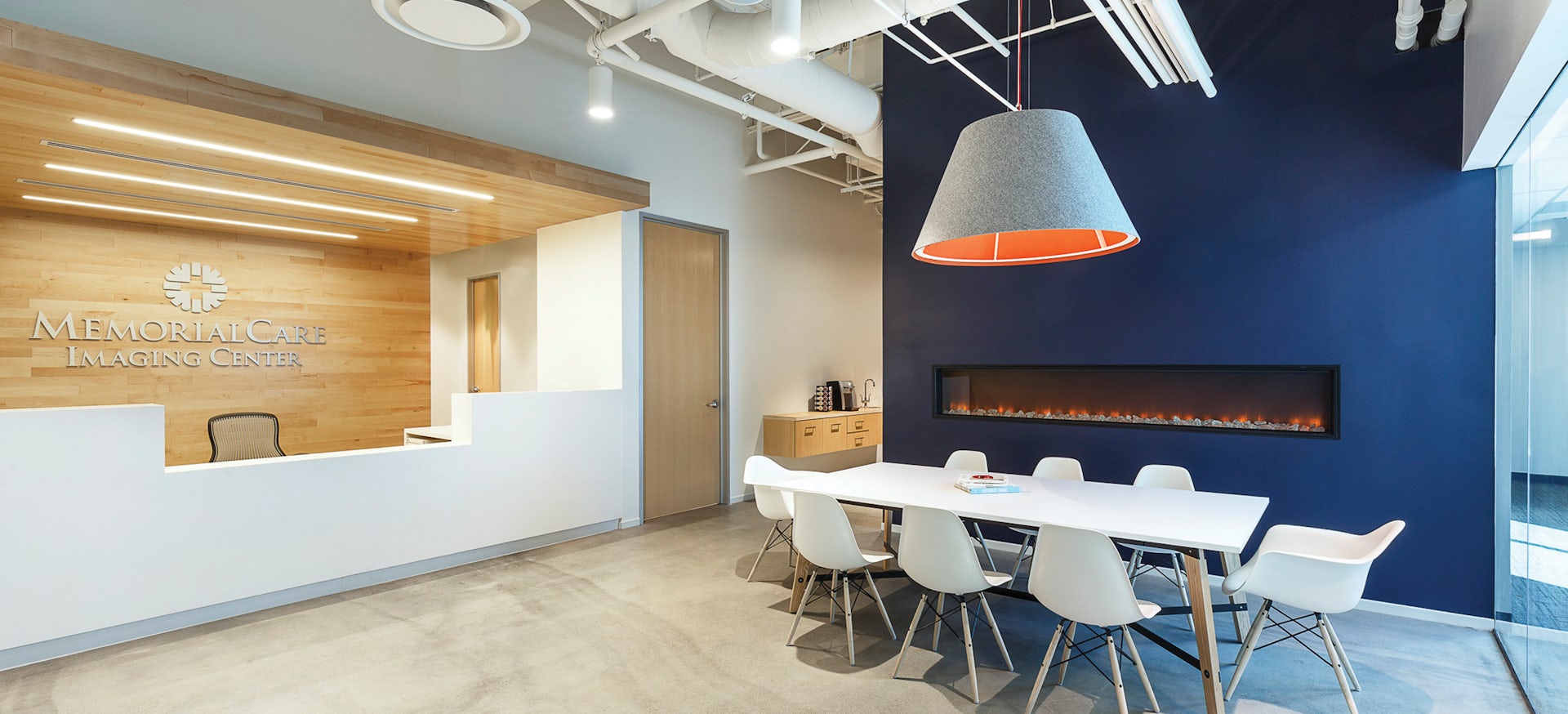By Carrie Rossenfeld
No longer sterile, institutional-looking properties, today’s healthcare facilities are borrowing from the warm, lifestyle-inspired and community-oriented designs of modern retail and hotel development, LPA executives tell GlobeSt.com.
With higher healthcare costs and low occupancy rates, healthcare facilities are being forced to rethink how healthcare is delivered in their community.
LPA’s designers have noticed healthcare facilities are now looking to retail and hospitality design to give their facilities a fresh look that caters to the new lifestyle design trend that is sweeping the nation. This means a shift away from the “big box” hospital to community-based spaces with updates to their interior design—with emphasis on better lighting and fresh interior-design elements and furnishings. We spoke with the firm’s senior medical planner Marcus Thorne and project director Gigi Bainbridge about how healthcare facilities are changing the way they deliver services to communities and the crossover between healthcare and other real estate sectors.
GlobeSt.com: How are healthcare facilities changing the way they deliver healthcare to communities?
Thorne: Healthcare facilities are responding to consumer demands by offering community-based outpatient clinics in retail/commercial settings where their patients live and work. This makes providing healthcare more affordable for their patients, instead of the traditional “big box” hospital. The current trend is fewer acute-care patient beds, smaller hospitals (micro hospitals) and more community-based services.
GlobeSt.com: What guiding principles are these providers using to help them create more effective solutions in delivering healthcare?
Thorne: One such guiding principal is to think of healthcare as a “lifestyle” choice. Healthcare’s past goal has been to get you in and out as quickly as possible. Now patients are considered consumers who have a choice as to where they go for their healthcare needs. They are now looking at making the patient more comfortable, while addressing specific healthcare needs.
GlobeSt.com: There seems to be a lot of crossover among the various commercial real estate sectors in terms of design solutions? What is causing so much crossover?
Bainbridge: The recognition by the healthcare community that the patient/client is much more than the medical treatment required at the time of service has pushed service delivery into realms previously not considered. Architects, in collaboration with caregivers, are looking to the hospitality sector for improvements to group waiting spaces—taking advantage of the calming environments in restaurants; using the genius of retail marketing to organize, present and market wellness equipment provided by the healthcare facility; using gaming principles to get patients recovering from surgery moving around and tracking their movements. There are so many exciting current examples of cross-pollination and many more yet to be introduced.
Thorne: Design is now about “lifestyle,” where the focus is on creating an environment that is centered on how people live, work and play.














